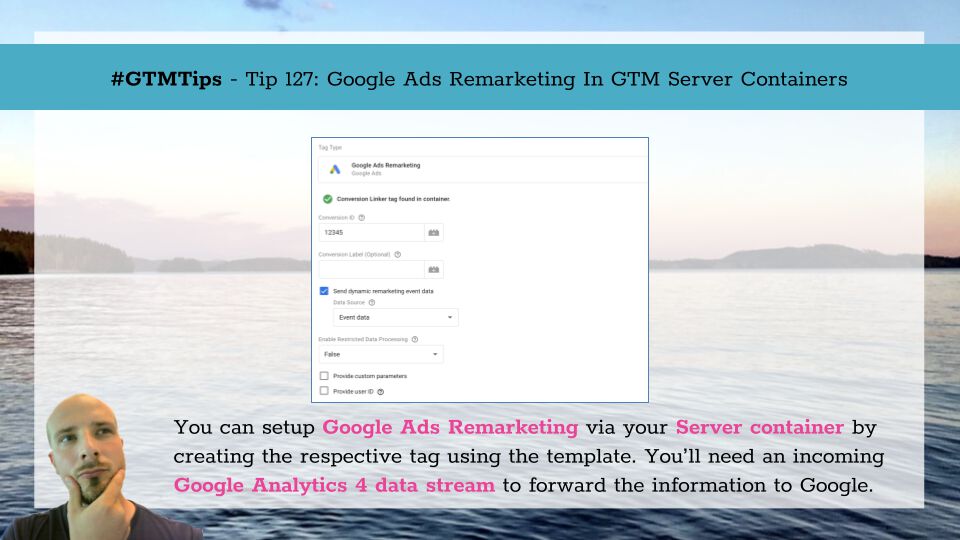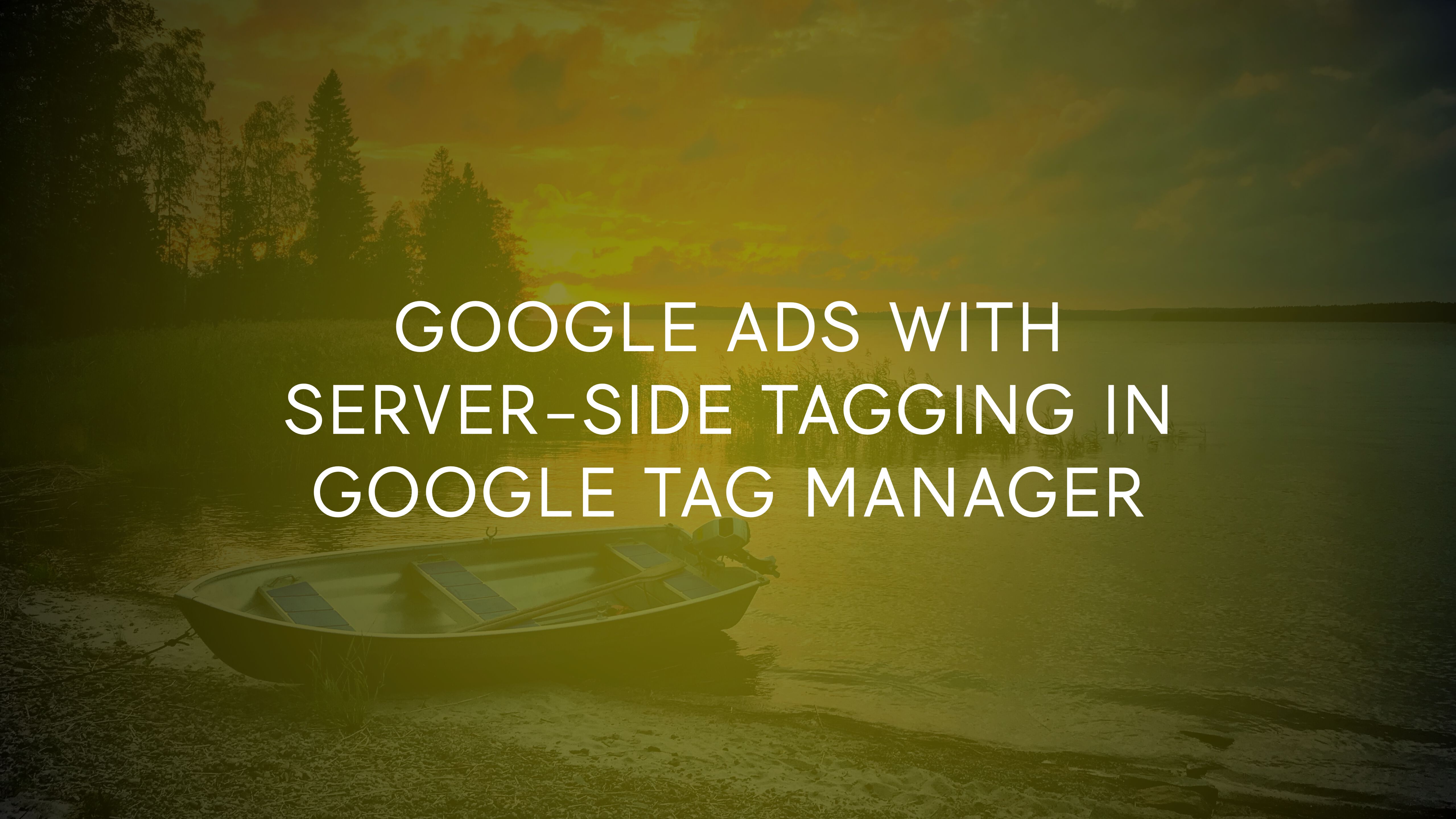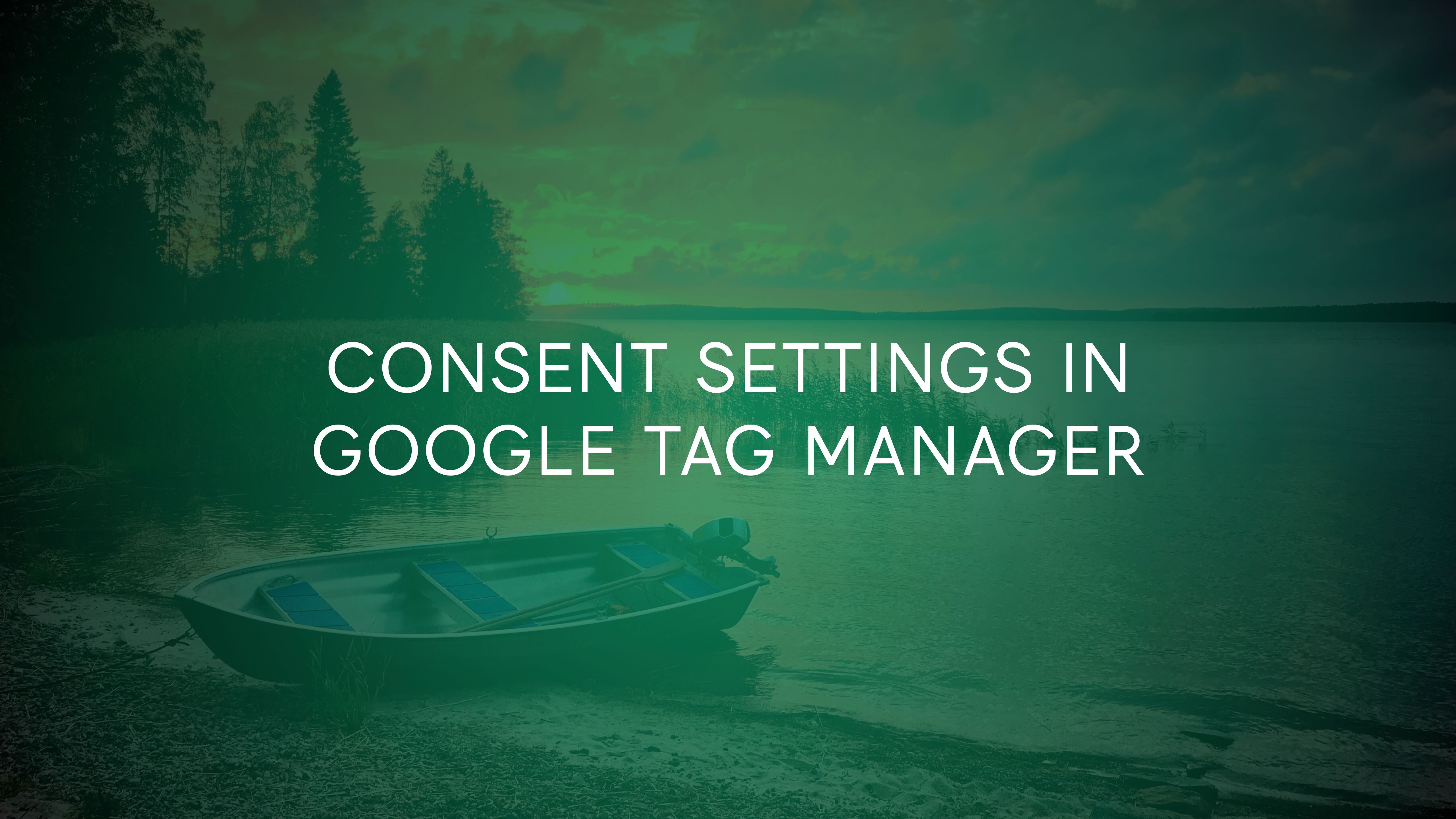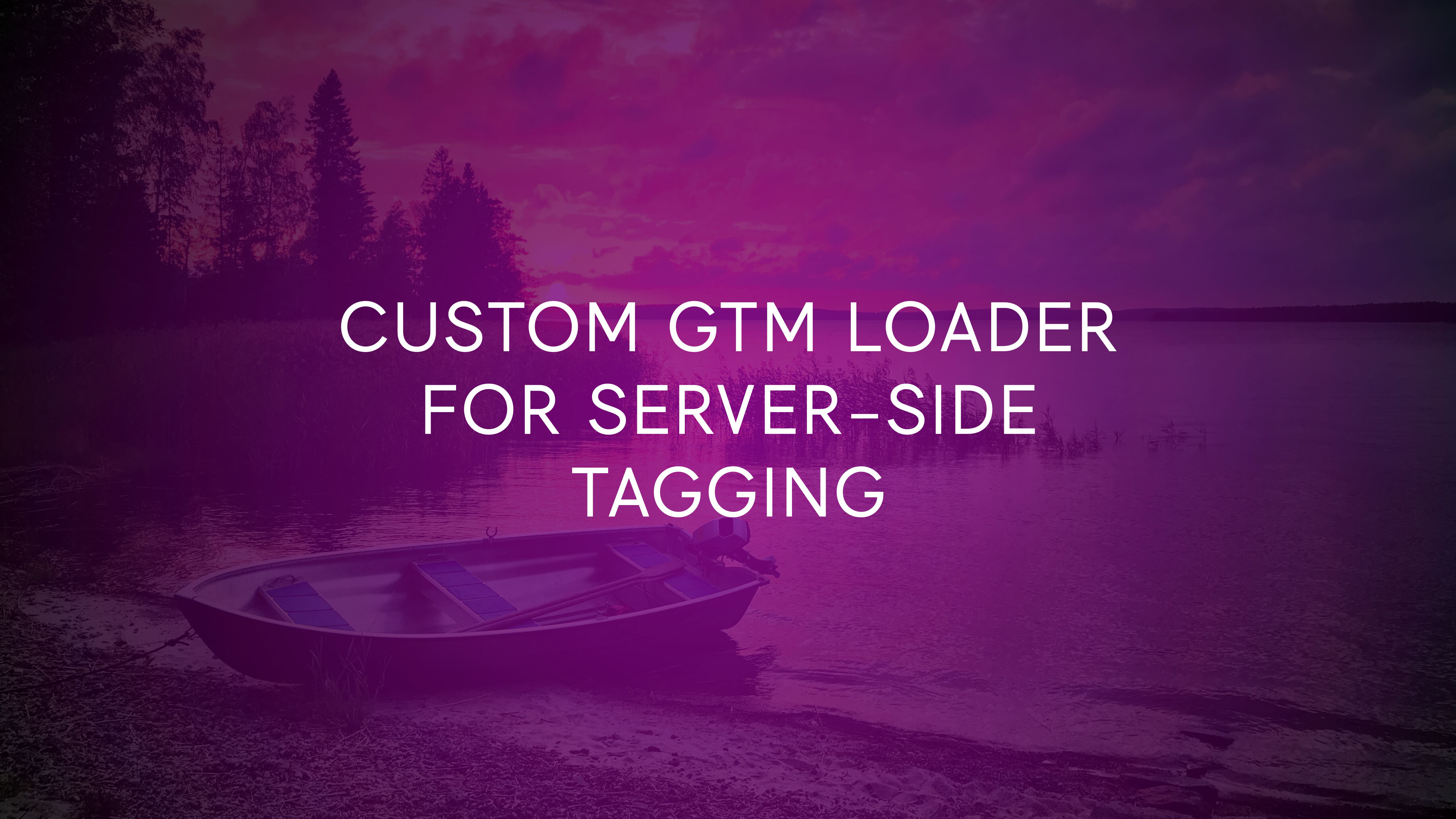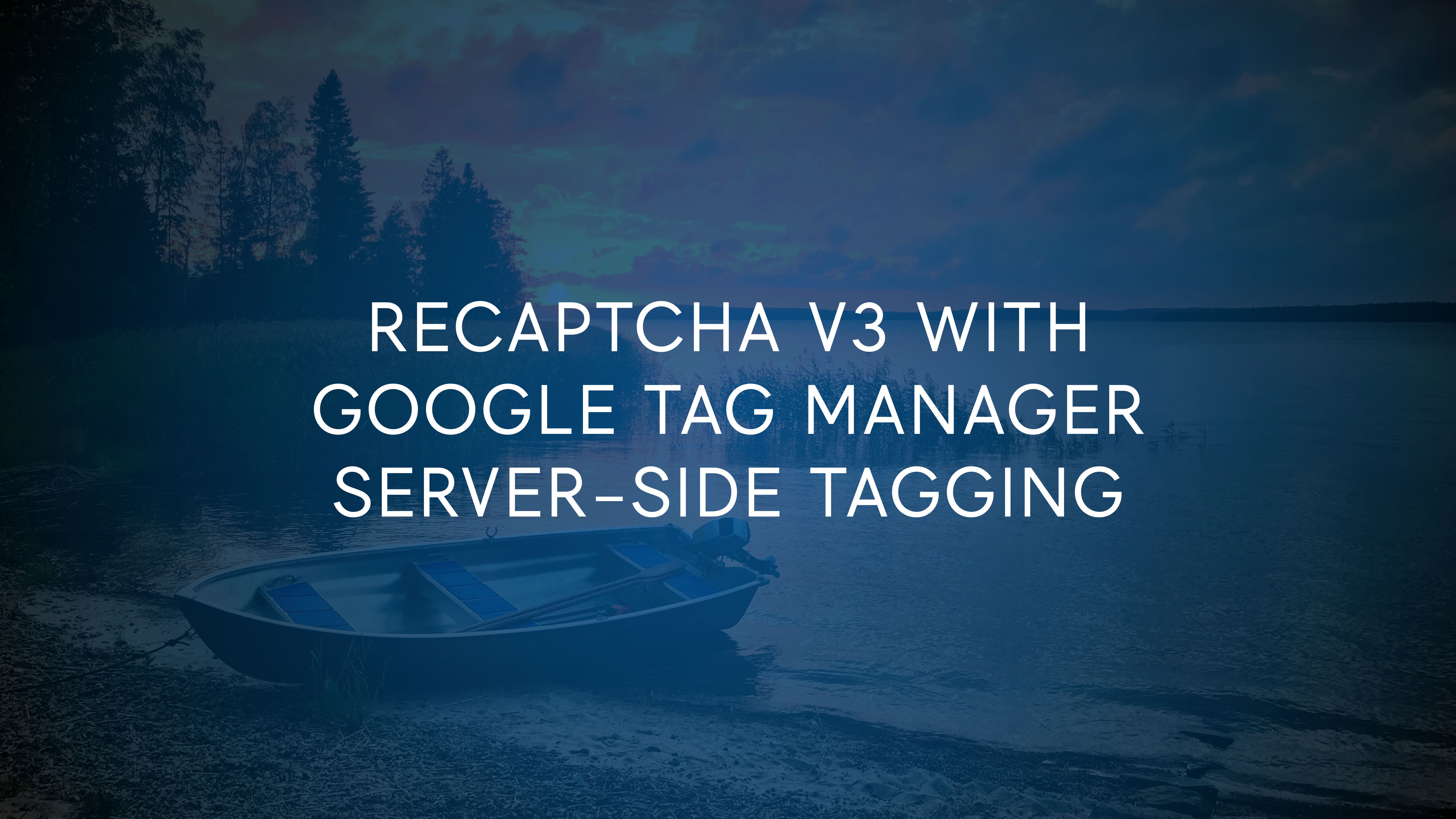Google has released the Google Ads Remarketing tag for server-side tagging in Google Tag Manager.
Functionally, it’s remarkably similar to the Conversion Tracking tag they released previously. In fact, you should go ahead and read that article first, so that you have an understanding of how Google Ads tracking works through Server containers!
Follow this link to read the official documentation.
In this article, I’ll walk you through how to set things up, and I’ll also provide an overview of how it works.
